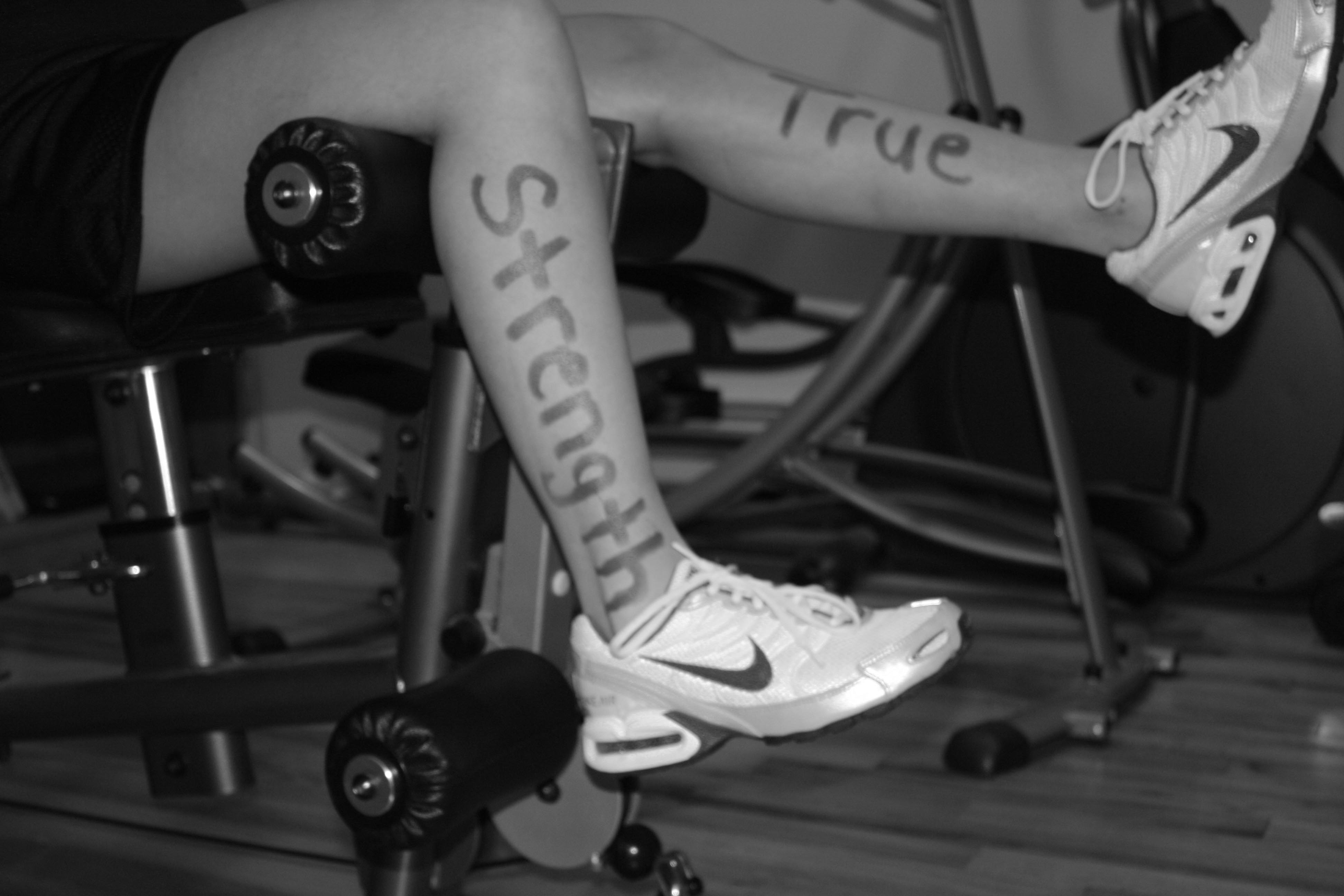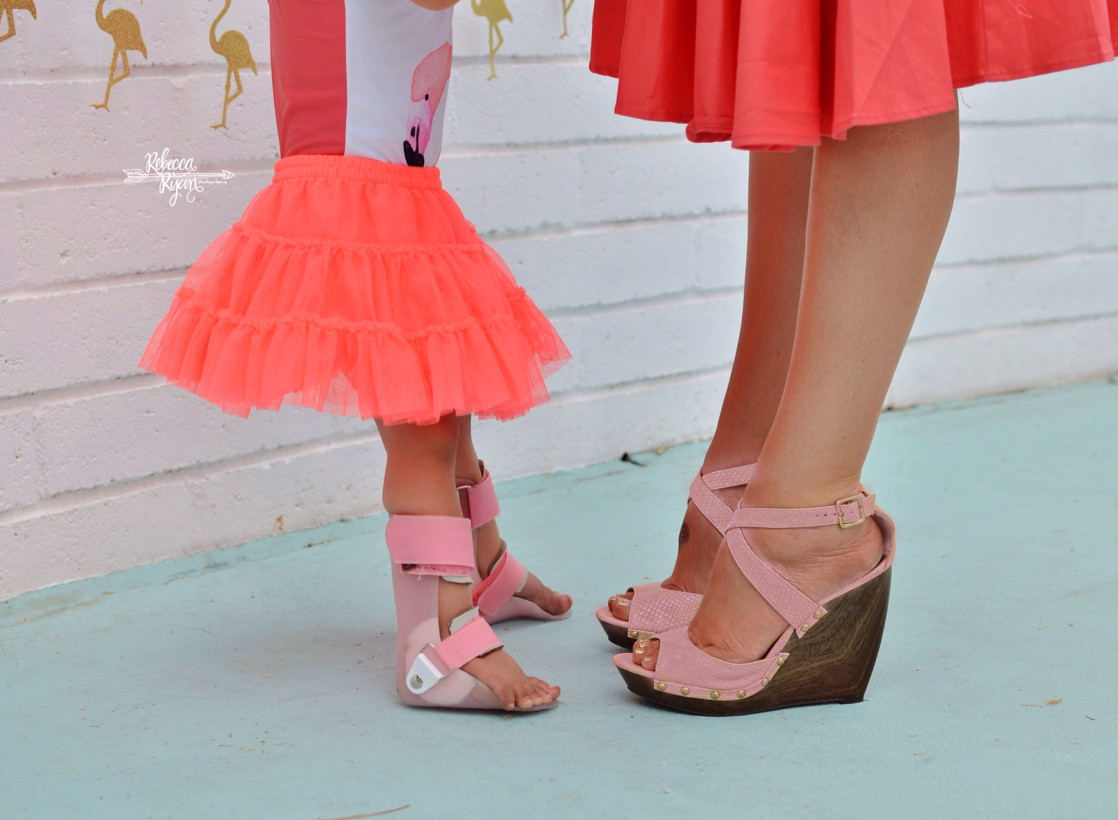AFOs for kids with cerebral palsy improve stability
Researchers report that the use of ankle-foot orthoses, or AFOs, improve the backward margin of stability in children with cerebral palsy (CP) diplegia, a form of the condition affecting both sides of the body.
Magdalena Kegel, Cerebral Palsy News Today March 18, 2016
The study, presented at the American Academy of Orthotists and Prosthetists Annual Meeting and Scientific Symposium in Orlando, Florida, investigated the margin of stability in 199 children with CP diplegia and 76 normally developing children. The researchers studied both the mediolateral (side to side) and backward margin of stability, but found that only the backward stability improved with the AFOs.
“This is a clinically meaningful change, and as a clinician, I think it makes intuitive sense because the types of AFOs typically used for this condition position the foot for a heel-first contact.” Michelle J. Hall, Gillette Children’s Specialty Healthcare Center for Gait and Motion Analysis
Leading the study was Michelle J. Hall, who works as a prosthetist-orthotist in the Assistive Technology Department at Gillette Children’s Specialty Healthcare and is the department’s prosthetics residency director.
“This study aimed to quantify the margin of stability in both the mediolateral and backward directions for children with cerebral palsy diplegia, either in the barefoot condition or wearing AFOs. We also compared them to typically developing children,” Hall said in a press release.
Children with cerebral palsy have decreased selective motor control and are prone to falls. While AFOs are often prescribed to improve balance in CP children, their efficacy has not been supported by much research.
The research team analyzed retrospective data from the Gillette Children’s Specialty Healthcare Center for Gait and Motion Analysis. Since children with cerebral palsy do not reach gait maturity until they are 6 years old, the children included in the analysis were all between ages 6 and 18.
The children with CP diplegia were compared using an AFO and barefoot. While the AFO improved the mediolateral stability to some degree, Hall judged this improvement not clinically meaningful. Even with the AFO, children with cerebral palsy had a 33 percent lower margin of stability than normally developing children.
“Although we decreased the mediolateral margin of stability with the use of an AFO, it is still significantly greater than that of developing children… This confirms that the difference between AFO use and barefoot is not clinically meaningful, and most likely we saw the statistical difference because we had a large patient number,” Hall said.

Give a girl the right shoes and she can conquer the world – Marilyn Monroe. TEENCP
In contrast, the backward margin of stability was substantially increased in children wearing AFOs compared to when they were barefoot. The improvement, by 4.1 cm, or 22 percent, eliminated the difference in the backward margin of stability between children with CP and typically developing children.
“This is a clinically meaningful change, and as a clinician, I think it makes intuitive sense because the types of AFOs typically used for this condition position the foot for a heel-first contact,” Hall said in the release.
She said more research is needed on the topic, especially a prospective study comparing the efficacy of the three AFOs commonly prescribed for cerebral palsy diplegia.
Source Cerebral Palsy News Today
| References |
Margins of Stability in Children with Cerebral Palsy Diplegia: Barefoot versus AFO Comparison, Hall MJ, Schwartz MH. Gillette Children’s Specialty Healthcare, University of Minnesota. American Academy of Orthotists and Prosthetists Annual Meeting and Scientific Symposium Orlando FL
| Further reading |
Quantitative Evaluation of the Effects of Ankle Foot Orthosis on Gait in Children with Cerebral Palsy Using the Gait Profile Score and Gait Variable Scores, Manuela Galli, Veronica Cimolin, Chiara Rigoldi, Giorgio Albertini. J Dev Phys Disabil (2016) 28: 367. doi: 10.1007/s10882-016-9472-6

